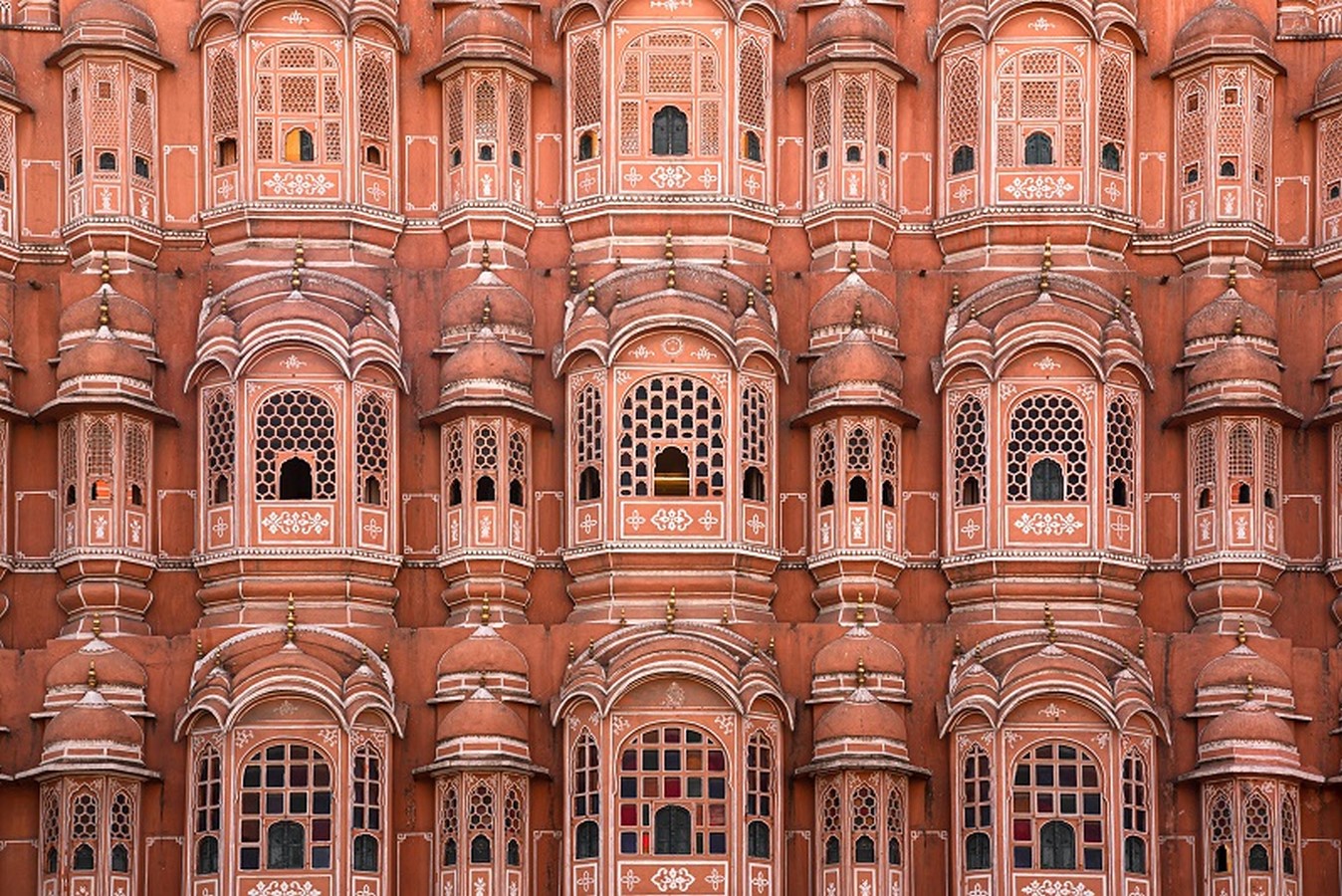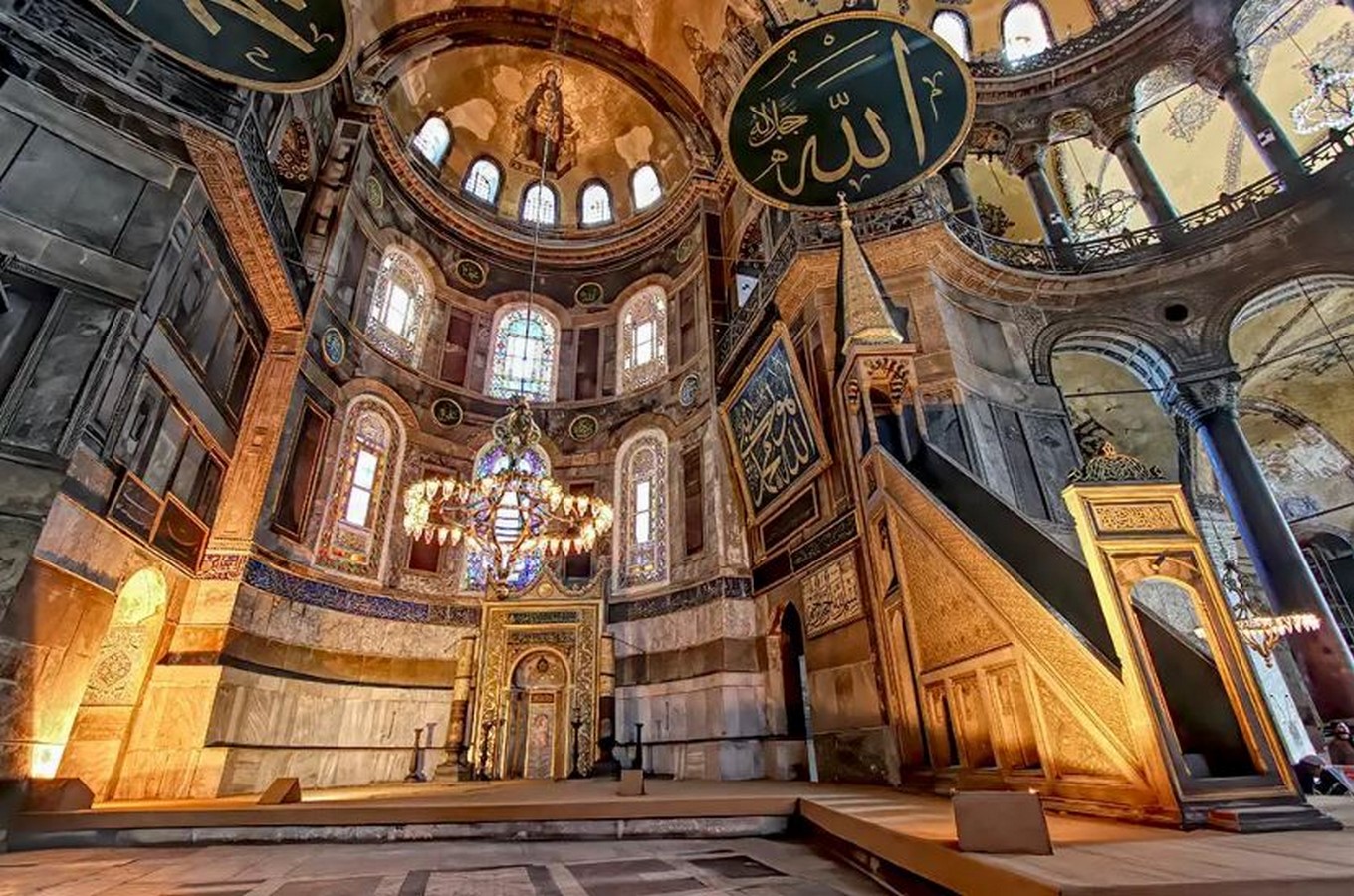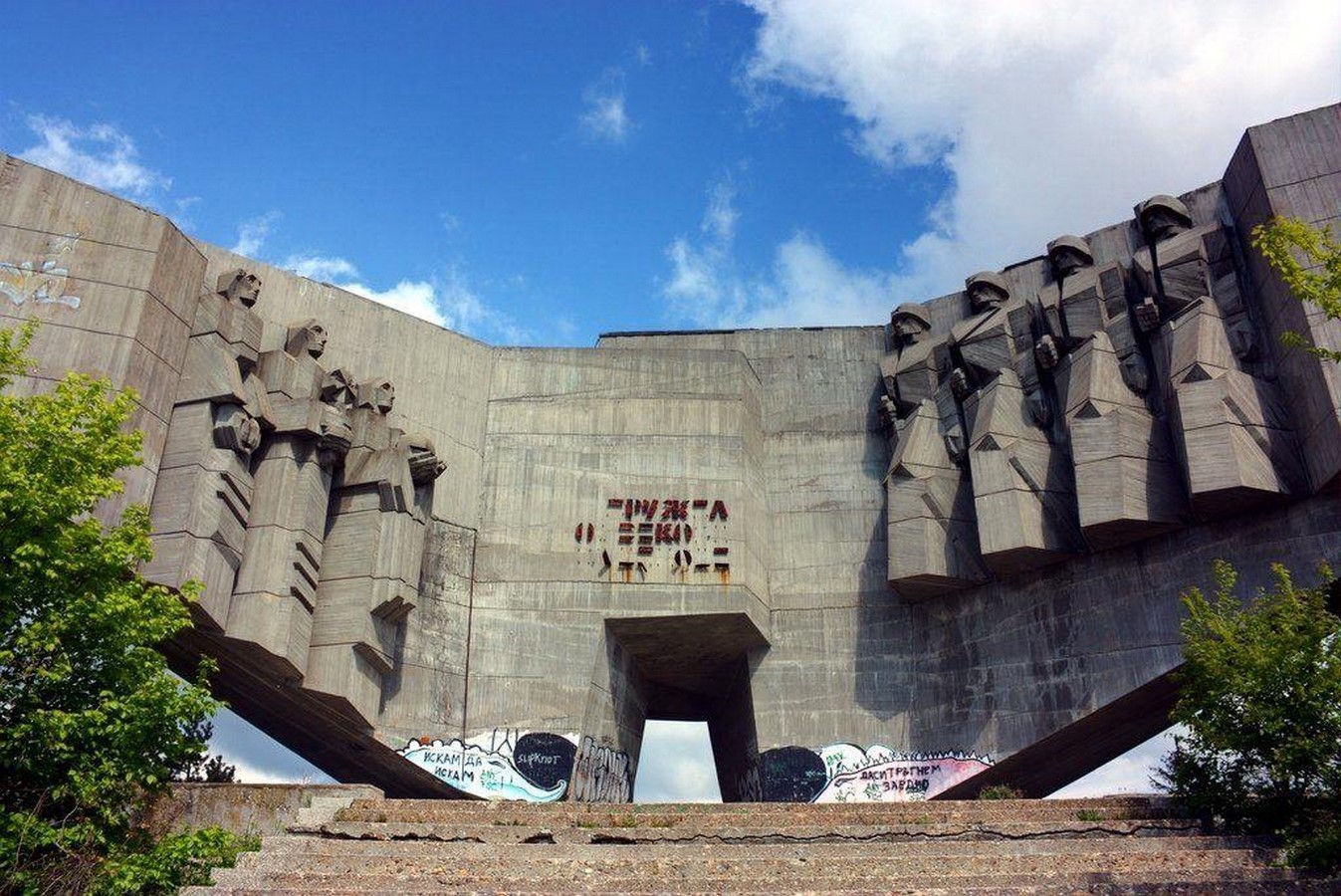Architecture and cultural identity go hand in hand. Architecture is the tangible manifestation of a culture in juxtaposition to the passage of time. Some of the greatest stories throughout history can be told through architecture. The style of architecture, the design choices, flow of spaces and materials, all these deliberate choices capture the true essence of a time better than any other form of art. Trends, religious influences, politics and aspirations of communities percolate into the rich tapestry we call architecture. Architecture has the innate ability to preserve traditions, foster innovation, and serve as a symbol of collective memory.

Preservation of Tradition and History
Architecture serves as a custodian of a culture’s history and traditions, representing a tangible record of the society that crafted it. Notably, landmarks like the Pyramids of Giza exemplify this role by encapsulating the advanced engineering and cultural significance of ancient Egypt, enduring as symbols of their civilization. Furthermore, meticulous preservation initiatives, as seen in the restoration of historical sites like Monticello, ensure that our past remains accessible for present and future generations. These tangible links to history are indispensable in fostering an understanding and appreciation of our cultural heritage.

Symbolism and Collective Memory
Architecture serves as a powerful symbol of collective memory, serving to remind societies of their historical struggles, triumphs, and values. The Berlin Wall, which functioned as both a physical and ideological barrier separating East and West Germany for decades, serves as a poignant example. Following its fall in 1989, preserved remnants of the wall, notably the East Side Gallery adorned with vibrant murals, have become potent symbols of hope, unity, and the transformative capacity for change. These structures stand as enduring testaments to the resilience of Berliners and the evolution of their city’s cultural identity.
Beyond the physical embodiment of history, architecture also serves as a symbolic language that communicates the collective memory of a society. Throughout the world, iconic structures like the Statue of Liberty in the United States or the Eiffel Tower in France stand not only as architectural marvels but as potent symbols of shared values and aspirations. These landmarks evoke feelings of freedom, liberty, and national identity, etching their significance into the collective consciousness of their respective nations. Likewise, war memorials and monuments like the Vietnam Veterans Memorial in Washington, D.C., use design and symbolism to honor and remember the sacrifices of individuals who served, creating a shared narrative that fosters unity and reflection within society. In this way, architecture transcends its functional role to become a powerful means of expressing and perpetuating the collective memory and values of a community or nation.

Architecture as a political tool
Architecture has served as a tool for the propagation of certain ideologies and as a tool to brainwash people several times throughout history. The greatest example being the architecture style of the Third Reich (1933-1945) known as Nazi Architecture or Nazi monumental architecture. Nazi architecture heavily drew upon neoclassical design principles, which were intended to evoke the grandeur and ideals of ancient Greece and Rome. Columns, pediments, and symmetrical designs reminiscent of classical temples and buildings were commonly used. The principles used to evoke a sense of awe in Greek and Roman temples were used in their government buildings and public spaces. Sculptures and artwork often depicted the Nazi regime’s racial ideals, promoting the concept of the “Aryan race” and celebrating racial purity. The Nazis sought to control urban planning to create an idealized vision of the state. This included the redesign of cities with grand boulevards, planned city centers, and an emphasis on conformity and order. While not traditionally thought of as architecture, the construction of the Autobahn (highway system) was a major infrastructure project of the Nazi era. It served both military and economic purposes and was promoted as a symbol of technological advancement and national unity.

Impact on lifestyle choices
Architecture plays a profound role in shaping our lifestyle choices by influencing the way we interact with our surroundings and the built environment. One notable example is the transformation of urban spaces through pedestrian-friendly designs. Cities like Copenhagen and Amsterdam have integrated dedicated bicycle lanes and pedestrian zones into their architectural plans, making cycling and walking more convenient and safer. This encourages residents to adopt healthier and eco-friendly modes of transportation, leading to a lifestyle choice that prioritizes physical activity and reduces car dependency.
Similarly, architectural design in the workplace can impact our daily routines and well-being. Forward-thinking companies have embraced open office layouts, flexible workspaces, and natural lighting to foster collaboration and employee well-being. For instance, Apple’s new headquarters, Apple Park, boasts a futuristic circular design with ample green spaces, promoting a work culture that encourages outdoor meetings and breaks. Such architectural choices affect employees’ lifestyle choices by creating environments that support work-life balance and physical well-being.
Furthermore, residential architecture can influence our lifestyles. Passive house designs, characterized by superior insulation and energy-efficient features, reduce energy consumption and promote a more sustainable lifestyle. These eco-friendly homes encourage residents to make conscious choices about energy use, aligning their daily habits with environmentally responsible living.
Conclusion
Architecture has always held a mirror up to society, its whims and aspirations, as well as its harrowed and complicated ideologies. Buildings are going to outlive us all. Humans have always aspired to be immortal. It is a tale as old as time, and the closest we as a race have come to it is our culture and the most tangible part of the culture being architecture. Through its design, materials, symbolism, and functionality, architecture preserves tradition, fosters innovation, and serves as a repository of collective memory. It conveys the values, beliefs, and aspirations of societies across time and space, offering a tangible and lasting means of self-expression and cultural continuity. As architectural styles evolve and respond to contemporary challenges, their influence on cultural identity remains as potent as ever, underscoring the enduring significance of architecture in shaping the rich tapestry of human cultures.
References
http://uo2architects.com/the-role-of-architecture-in-cultural-identity-case-studies-from-around-the-world/#:~:text=Architecture%20is%20often%20viewed%20as,unique%20identity%20of%20a%20place.
https://www.designdekko.com/blog/cultural-identity-in-indian-architecture-a-key-to-sustainability-and-inclusivity
https://www.commercialarchitecturemagazine.com/the-role-of-architecture-in-shaping-national-and-cultural-identities/
https://www.commercialarchitecturemagazine.com/the-role-of-architecture-in-shaping-national-and-cultural-identities/















